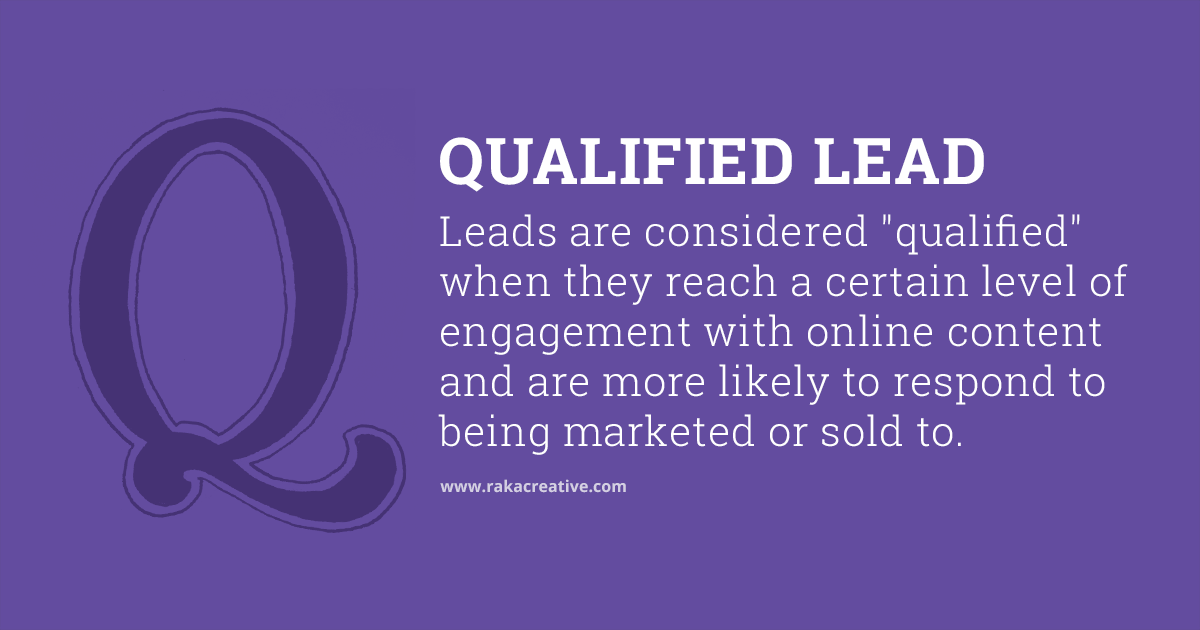As we gear up for 2019, it’s time to talk about what inbound marketing trends we can look forward to in the new year.
Not to disappoint, but right now, 2019 seems to be somewhat of a continuation of what’s been unraveling in 2018. But with that said, we’ll say that some of these trends will be growing and evolving in 2019 and beyond. The good news, if you’ve already started changing your processes with these trends in mind, is that you’ve got a head start at adopting them to make your business even better.
Without further ado, here are the top inbound marketing trends to focus on in 2019.
1. Flywheels will replace funnels
In an earlier post, we talked about how the flywheel will be replacing the sales funnel based on HubSpot’s analysis of the flawed funnel and the need to keep customers top of mind—always! If you treat your customers right, they will be your top promoters and bring you more customers.
Our advice: If you haven’t created your flywheel yet, read this post to find out how and why you need to do this for 2019 to make sure you’re marketing strategy is in line with what you need to do to accomplish this scenario to truly put your customers first.
2. Voice search will be loud and clear
Alexa, Siri, Cortana, or Google Assistant are all household names now. Almost one third of the 3.5 billion searches performed on Google every day are voice searches. Voice queries allow you to multitask, and since this is the age of multitasking and short attention spans, it has become almost a necessity whether you’re driving, cooking dinner, walking the dog, or juggling in your living room. What does this shift to voice search mean for marketers? It means your SEO needs to be on point so when a voice speaks, your business rolls off their tongue with ease.
Our advice: Tighten up your SEO and keep an eye on this ever-changing trend that will continue to grow, not only in 2019, but for years to come.
3. Video marketing will continue to flourish
Check out these wild stats:
- Video is projected to claim more than 80 percent of all web traffic by 2019.
- Adding a video to marketing emails can boost click-through rates by 200-300 percent.
- According to YouTube, mobile video consumption grows by 100 percent every year.
These numbers show why you’d be crazy not to incorporate video marketing into your inbound marketing strategy. And producing videos doesn’t have to break the bank. If you have a smartphone, you can make, edit, and share quality videos within seconds. This allows businesses to empower employees to convey information that is much more appealing than sending wordy emails or making unsolicited phone calls.
Our advice: Think about what messaging would be better conveyed using video and shoot it. Do you want to share your company’s culture? Shoot some video around the office or at a company gathering to let people in on what your company is really about and share it on social media. Need something a little more high-end like an animated product video? Then hire someone to create it.
4. Chatbots will move to the front of customer service
You’ve seen chatbots popping up in the corner of websites, creepily offering to help you find what you’re looking for. Some people welcome this helpful, well, uh, chat from beyond. Others click out of a chat box or website as soon as the prompt appears. Though the acceptance of the technology might be growing at a slower pace than the technology itself, chatbots are definitely the way of the future.
Our advice: By the end of this year, IBM predicts chatbots are expected to power 85 percent of all customer service interactions. If done right, chatbots will be able to give your customers the right information at the right time, moving them further and faster down the path to purchase. If that’s your goal, which it should be, then you better start chatting about chatbots.
5. Customers will crave authenticity
As consumers are increasingly distrusting of advertising and marketing, and the evils of the world for that matter, they find themselves yearning for honesty and authenticity from businesses. If you deliver on the authenticity, you’ll earn their trust and loyalty.
Speaking of trust, even if your business is being authentic, people are more apt to trust their friends and family more. So, if your customers are singing your praises, then their friends and family are more apt to jump on your figurative bandwagon (or should we say brandwagon?) The more promoters and influencers you have on your side, the more customers you’ll have coming to your door.
Our advice: We’ve said it before and we’ll say it again: The customer comes first—always. And if you know they are craving honesty, truth, and a little bit of love, then give it to them. Just think about the experience you want as a customer and pass it on.
6. Artificial intelligence will give customers what they want
We’ve already talked about chatbots, one of the most widely implemented forms of AI, but that’s only the tip of the iceberg. Google is implementing AI features across multiple areas of their business to help personalize a user’s experience based on their actions and preferences.
In the coming year, AI-powered solutions will be deployed across consumer markets, taking this personalization to the next level. It’s scary to say, but businesses might get to know you as well as you know yourself to help you make important, and maybe not so important, decisions on a daily basis.
Our advice: Although AI is a complex thing you might not be able to integrate directly into your business (beyond a chatbot), you should figure out how to use the AI of third parties, like Google Ads, in your favor.
7. Search engine marketing will keep evolving
Yes, we’re referring to the ever-changing game of trying to optimize your SEO to outsmart search engines. Since this game changes on a regular basis, it’s hard to really nail down a trend to keep an eye on for 2019. However, if we had to point to something, the biggest thing would be the launch of the Google Marketing Platform and its more tightly integrated suite of tools like Google Analytics and Data Studio. Marketers must keep a pulse on that.
Our advice: Educate yourself about what Google is doing now and plans for the future by reading their blog, the Google Developers blog, and following leaders in the SEO space like Moz and Neil Patel. Of course, we’ll always keep you up-to-date on these changes as well on our blog. Bottom line: If you stay on top of what the experts are doing, you can more quickly adapt what you’re doing to maximize your search engine marketing.
8. Digital advertising will be honed to optimize results
The introduction of AI into the digital advertising space has helped marketers more efficiently buy ads and target their audiences. It has allowed them to deliver the right message to the right user at the right time and place. This efficiency will continue to evolve in 2019. Using digital advertising, companies will be able to use data and technology to make real-time decisions to provide guaranteed impressions, a higher click-through-rate (CTR), and more purchases.
Our advice: Work with somebody who really knows the digital advertising space, like Raka, to help you get the most out of your digital advertising dollars. It can be confusing to go it alone and you might end up losing money as you experiment to try and get it just right.






